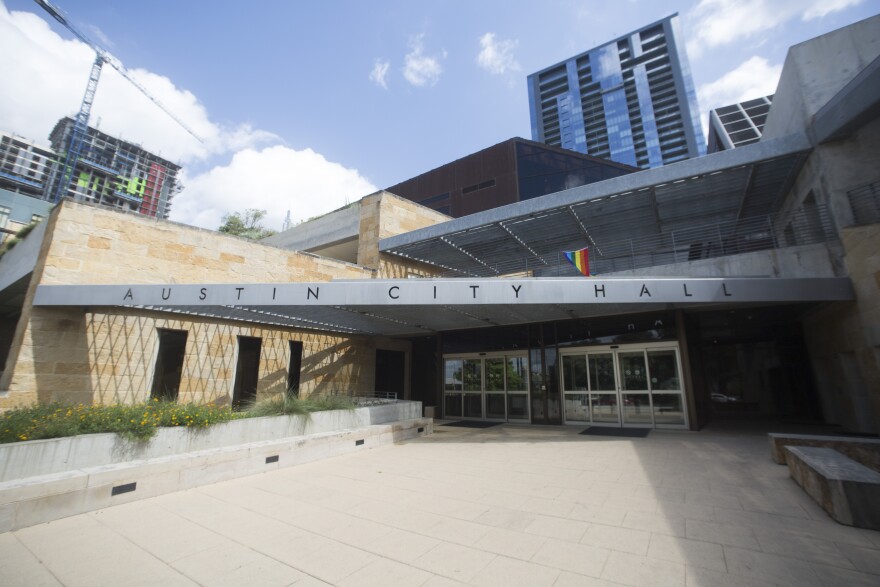At the City of Austin’s budget season opener Wednesday, council members heard again of Austin’s two cities: the city’s widening economic divisions amidst claims that the city is “an economic star.”
“This is extraordinary growth,” economic consultant Jon Hockenyos told council members as he pointed out a 4.6 percent increase in jobs last year, plus an anticipated 7 to 8 percent gain in personal income in the coming year. “It is hard to imagine any other community that has consistently grown in the aggregate that the Austin metro area has.”
Against news that city hotels brought in roughly $963 million last year, Hockenyos praised the city’s ability to attract visitors. “One of the things that’s been very interesting is to see the incredible rise in the tourism related activity – both in the area, but specifically in the city of Austin.”
But in the same breath, he pointed out that not everyone is being ferried along by job and tourism growth.
“Our divisions as a community have widened quite a bit. Our poverty rate is higher in 2014 than it was in 2009,” Hockenyos said. “Our poverty by race and ethnicity has gotten worse, the gaps have gotten worse over the past 5 years.”
According to census data analyzed by Hockenyos, the percentage of Hispanics living in poverty grew by roughly 4 percent between 2009 and 2014. The only drop in poverty by race was burdened by whites, who saw a .1 percent drop in poverty numbers.
But little of this discussion played into Deputy Chief Financial Officer Ed Van Eenoo’s forecast for the local government’s budget. Instead, a theme of deferred expenses arose.
“There were a lot of things approved in the fiscal year 16 budget that had deferred costs, they had partial costs, and the costs are coming to full bearance in the FY 17 budget,” Van Eenoo told council members.
Those costs include salaries for 50 additional police officers (funded for six months in FY 16), plus 98 civilian positions at the city.
Then the city will have to fill coffers not necessarily approved last year, but certain to require filling. This includes $4.3 million to staff the city’s new central public library and $3.1 million to bolster overtime funds for the Austin Fire Department as it continues to wrestle with significant vacancies (projected to stand at 129 sworn vacancies by Sept. 2016).
Van Eenoo predicted the city’s General Fund (roughly one-fourth of the city’s budget) to increase by $57.1 million, swelling to $1.4 billion. Last year, the city’s entire budget hit $3.5 billion.
But there are still a lot of holes to be filled, and over the next few months council members will have policy discussions about what initiatives they want to fund before fiscal year 2017 begins Oct.1. In the words of Council member Leslie Pool, council members got only a “broad brush” of the city’s financial forecast Wednesday, and the summer will include numerous deep dives left out of this week’s discussion.




